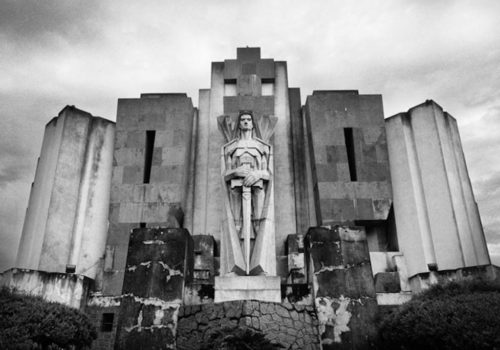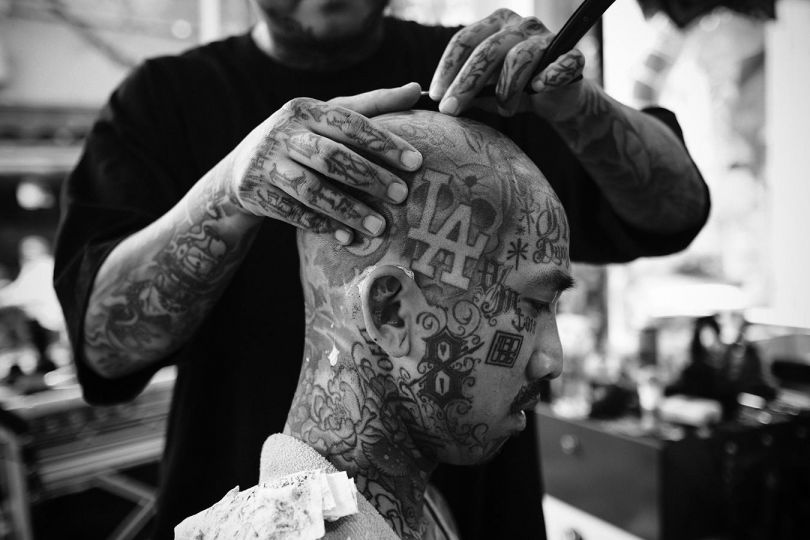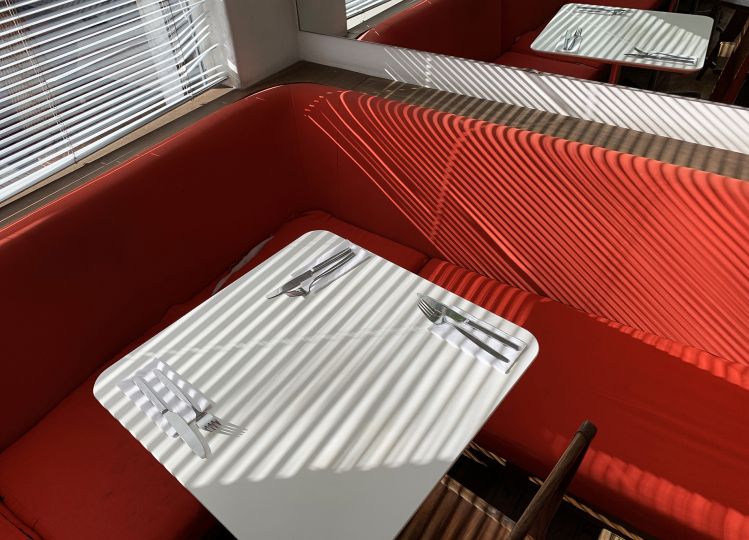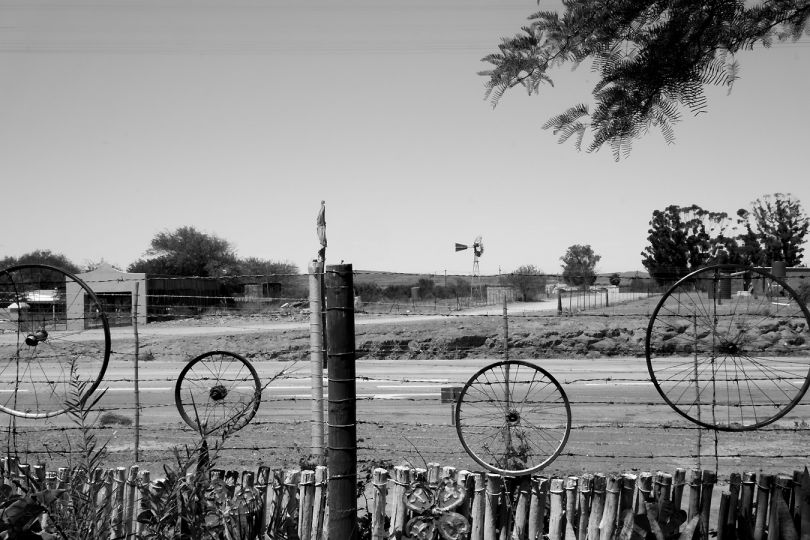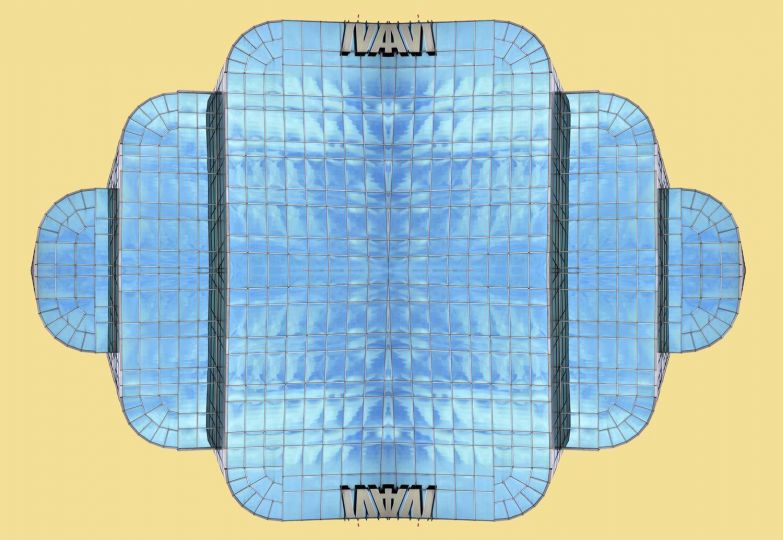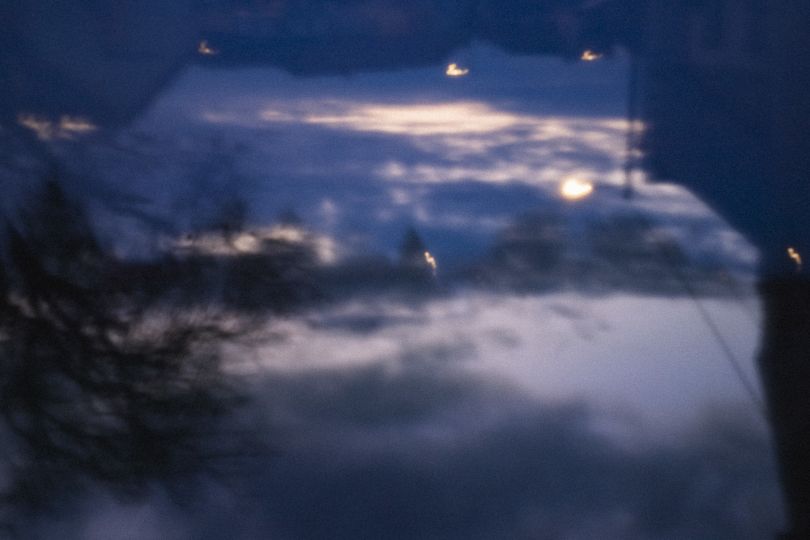The Italo-Argentine architect Francisco Salamone war born in the province of Catania in 1897. He was the most brilliant representative in Argentina of “State Art Decò”, a hybrid of classicism and modernity, that in the 1930’s after having inspired architecture of European totalitarianism and American democracy, reached the Hispanic-American region. By building large public works, the commissioning nations intended to express their power and historically consolidate their image. In his projects, Salamone succeeded in overcoming the corporative image of the absolutist state, going well beyond a flattening alignment of the primary elements of verticality, order and work.
The “cry in the landscape” that he launched in the vastness of the planes and skies of the Pampas reached out through a verticality that on one hand indicated the futurist influence while on the other helped him in materializing the convergence between monumentality and respect of classical lines. Between 1936 and 1940 Salamone created 70 works in 31 humble settlements in the Pampas south-west of Buenos Aires, handling every aspect: from the planning to the technical direction, to drawings, to the choice of the materials of every interior and urban furnishings. In only 40 months, 11 city halls were created, 16 municipal delegations, 11 public parks and squares, 17 slaughterhouses, 7 portals, 4 cemeteries, 1 school and 2 markets.
Abstract figurativism, gigantic proportions, use of metaphors, dynamic perspectives, key role of the vertical lines, technical exaltation, all emphasized by the use of reinforced concrete that was being discovered at the time characterize Salamone’s architecture.
The distortion of the lines in some of the 34 photographs on film presented in this gallery were obtained by the use of a wide-angle lens, an unusual solution in architectural photography that represents the author’s tribute to the innovative and passionate research of forms and volume conducted by Salamone, a photographic metaphor of his creative metaphor. The use of black and white by emphasizing the chromatic contrast of certain shots intends to contribute a reading that is both more intimate and ecstatic of his work.
Stefano Nicolini

